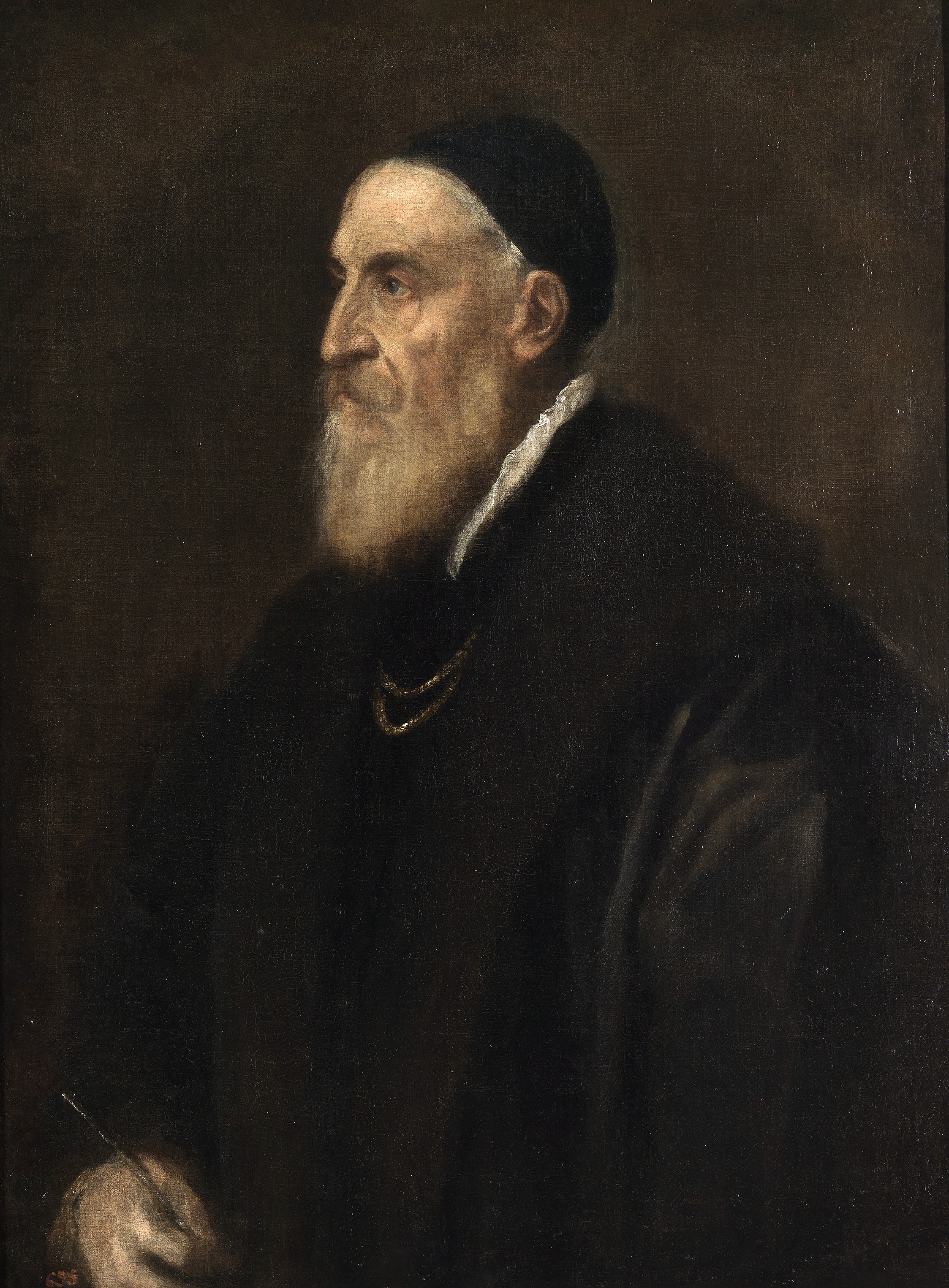The young Titian was still strongly influenced by the art of the somewhat older Giorgione when he painted this portrait of a youth with miniature-like subtlety. Its appeal lies in the subject’s pensively melancholy expression and the exquisite palette. In early 16th century Venice there was a flourishing courtesan culture (as reflected, for example, in Bartolomeo Veneto’s Flora), but it was also fashionable to collect items of a homoerotic nature. Perhaps it was for this clientele that both Altobello Melone’s androgynous Narcissus and Titian’s portrait were painted.
We present today's painting thanks to Städel Museum in Frankfurt - the piece can be seen on the exhibition “Titian and the Renaissance in Venice” which unites more than a hundred masterpieces – In the early sixteenth century, artists of the “City of Water”
P.S. You can read more about this Renaissance master in this article: "Power, Victory, Glory and Death: Titian’s Art in Venice."


 Titian
Titian